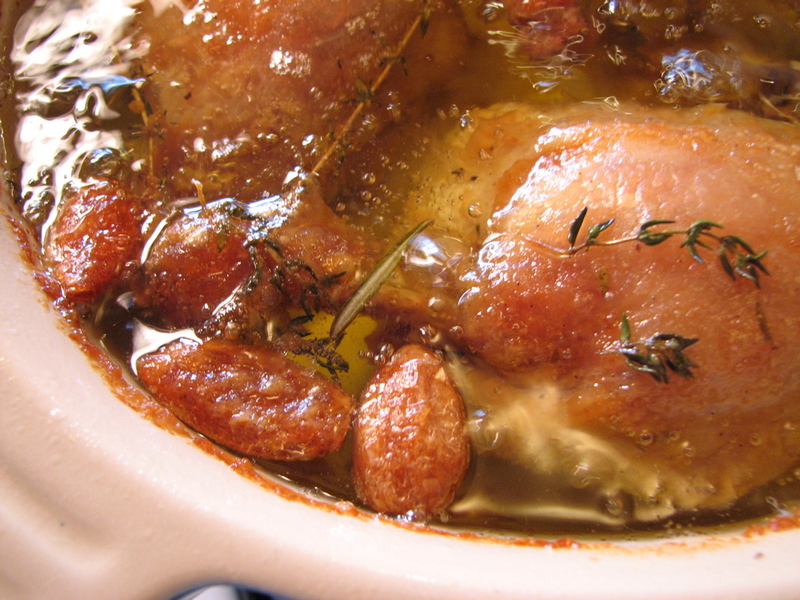Uses For Duck Confit

Buy Foie Gras Online: Fresh Foie Gras Pate and Confit Duck UKFresh foie gras and terrines. Our handmade terrines are made of the highest AAA grade duck foie gras. Our premium quality duck terrine is produced by hand and boasts a rich, buttery flavour with a smooth velvety soft texture, proving as an eye- catching delicacy at dinner parties. Preserved Foie Gras.
- Confit of goose (confit d'oie) and duck (confit de canard) are usually prepared from the legs of the bird. The meat is salted and seasoned with herbs, and slowly.
- This easy to follow video shows how to confit a duck leg. Visit Great British Chefs for more simple How To videos.
Our entier pots are a popular gift choice for anyone with a fondness for French delicacies. The succulent duck foie gras entier pot has slightly gamier undertones and is a perfect little treat pot. If you’re looking for silky, buttery and melting, it’s no wonder goose foie gras is a holy grail of the food world. The goose entier pots, contain a whole foie gras preserved with spices and are wonderful additions to artisan platters served with some crusty bread and a sweet wine. Foie Gras Related Products. Brioche bread and foie gras go hand in hand.
Oh, how I love duck confit. The crisp skin, the unctuous flavorful meat. There are few things better. Seriously. It’s up there with bacon. The name of this recipe may seem laughable Isn’t confit meant to be an arduous, messy, not-really-easy thing to make at home Doesn’t it involve large quantities.

Buttery and soft, our brioche loaf is rich and delicious, and is the ideal accompaniment to spreadable foie gras. The perfect beverage to accompany any foie gras would be a sweet yet mild Tokaji Aszu 3 Puttonyos.
Uses For Duck Confit Recipe
This Hungarian wine is full and well- balanced with a slightly citrusy tang. Equally the sweet and fruity Tokaji jelly, flavoured with black truffle, is a match made in heaven for any foie gras devotee.
Cassoulet - Wikipedia. How To Quickly Chill Wine. Cassoulet (French pronunciation: [ka.
Occitancaçolet[kasuˈlet]) is a rich, slow- cooked casserole originating in the south of France, containing meat (typically porksausages, goose, duck and sometimes mutton), pork skin (couennes) and white beans (haricots blancs). The dish is named after its traditional cooking vessel, the cassole, a deep, round, earthenware pot with slanting sides.[1]The region once known as the province of Languedoc is the traditional homeland of cassoulet, especially the towns of Toulouse, Carcassonne, and Castelnaudary, the town which claims to be where the dish originated.[2]Composition[edit]All cassoulets are made with white beans (haricots blancs or lingots),[a] duck or goose confit, sausages, and additional meat. In the cassoulet of Toulouse, the meats are pork and mutton, the latter frequently a cold roast shoulder. The Carcassonne version is similar but doubles the portion of mutton and sometimes replaces the duck with partridge.[3] The cassoulet of Castelnaudary uses a duck confit instead of mutton. In France, cassoulets of varying price and quality are also sold in cans and jars in supermarkets, grocery stores and charcuteries. The cheapest ones contain only beans, tomato sauce, sausages, and bacon.
More expensive versions are likely to be cooked with goose fat and to include Toulouse sausages, lamb, goose, or duck confit. Haute cuisine versions require mixing pre- cooked roasted meats with beans that have been simmered separately with aromatic vegetables[citation needed], but this runs counter to cassoulet's peasant origins. In the process of preparing the dish it is traditional to deglaze the pot from the previous cassoulet in order to give a base for the next one. This has led to stories, such as the one given by Elizabeth David, citing Anatole France, of a single original cassoulet being extended for years or even decades.[4]In American restaurants, the term cassoulet is often applied to any hearty bean- based casserole, with innovations such as salmon cassoulet.[5] January 9 is National Cassoulet Day in the United States.[6][7][8]Many culinary traditions have similar techniques for slow- cooking beans in a covered vessel. Examples include feijoada, fabada asturiana, pasulj, tavče gravče, and baked beans. The Hungarian- Jewish sólet and Eastern European cholent are similar bean dishes, and are also frequently cooked in combination with smoked poultry, especially goose leg, but a documented relationship has not been identified. See also[edit]^White beans replaced the medieval broad bean, Vicia fava.
References[edit]^David, Elizabeth (1. French Provincial Cooking (7th printing ed.).
New York: Penguin Books. ISBN 0. 14. 11. 81. Dryansky, G. Y.; Dryansky, Joanne (2. The Southwest Trinity". Patatas Bravas. Coquilles, Calva, & Crème: Exploring France's Culinary Heritage (1st Pegasus Books ed.). New York: Pegasus Books.
ISBN 9. 78- 1- 6. Grigson, Jane (2. Charcuterie and French Pork Cookery. London: Grub Street. ISBN 9. 78. 19. 02. David, Elizabeth (1. French Country Cooking (2nd rev.
Reprinted in Elizabeth David Classics ed.). London: Jill Norman. ISBN 0. 90. 69. 08. Zeldes, Leah A. (1. January 2. 00. 9). Eat this! Cassoulet, a hearty winter casserole from Southwestern France".
Dining Chicago. Chicago's Restaurant & Entertainment Guide, Inc. Retrieved 1. 3 January 2. Pace, Gina (January 8, 2. Eats Beat: New York dining empires continue to expand". NY Daily News. Retrieved 2.
July 2. 01. 5. ^"2nd Annual National Cassoulet Day in NYC". The Epoch Times. 1. July 2. 01. 5. Retrieved 2.
July 2. 01. 5. ^"We're Halfway There + Food Lover's Cleanse Day 8 Menu". Bon Appétit. Retrieved 2.
